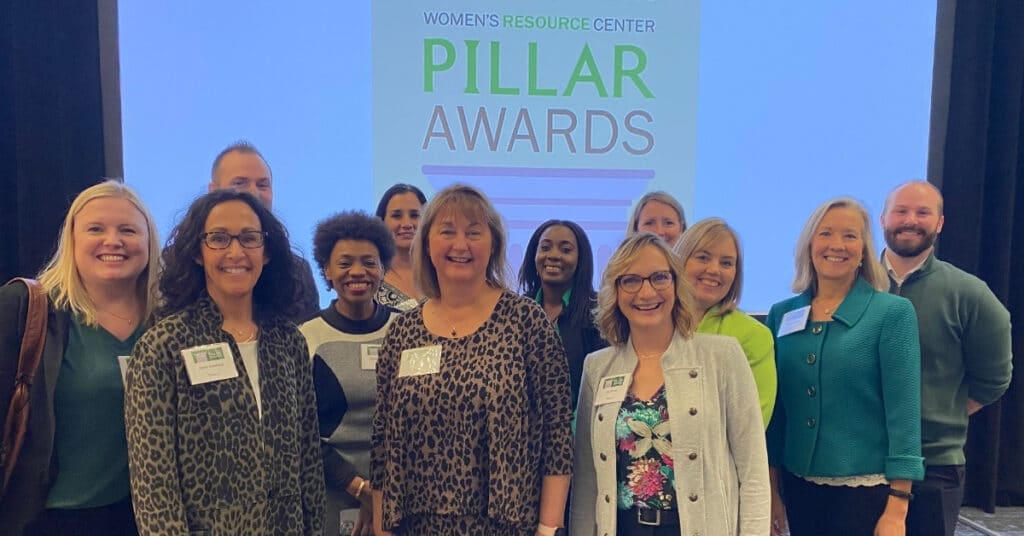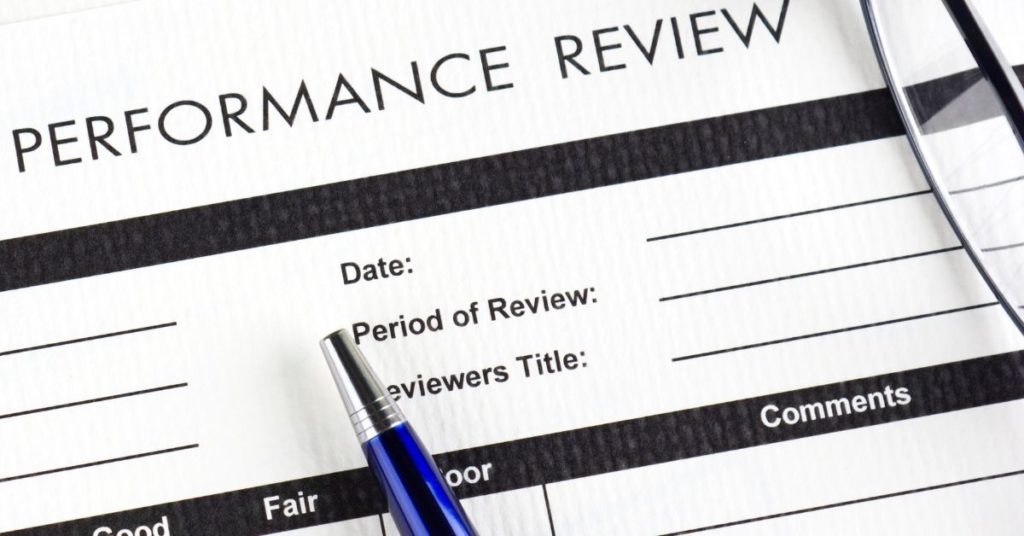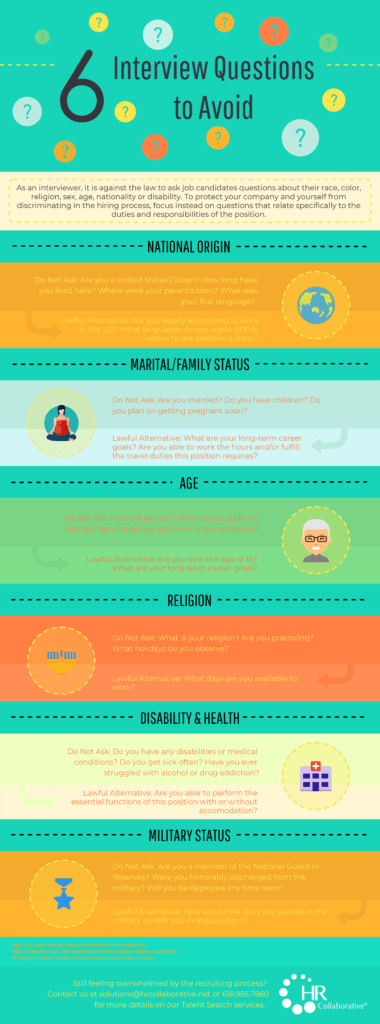Strategic HR Management: Align HR Goals & Business Objectives

Here’s a story we’ve seen play out time and again at HR Collaborative: A human resources department wants to start a new initiative that their manager knows will help the company grow. However, upper management is cagey about even letting them come to the table because they worry it’s going to ultimately lead to HR asking for more funding, so any attempts at implementing HR as part of a strategic plan fall stagnant.
Traditionally, executives view HR as a cost center rather than a profit driver. That’s often because HR is a set of tactical processes designed to check a box. Strategic HR management is a series of practices that aligns an organization’s people operations with its business objectives to drive growth.
Why Align HR with Your Business Strategy
Strategic HR management can help businesses improve employee performance, develop their workforce, and ultimately help them save or generate more money by making their company a desirable place to work.
Some additional benefits of implementing SHRM include:
- Reducing employee turnover
- Increasing employee satisfaction
- Hiring more productive candidates
- Developing your workforce
- Making your business more profitable through higher productivity
How to Start with HR Strategic Alignment
Understanding the Company’s Goals and Resources
Just as with any long-term strategic plan, the first step to implementing HR strategic alignment is clearly articulating the goals you’re trying to achieve and how they relate to the rest of your organization. Starting from this framework lays the foundation for programs and processes that support those objectives.
For HR leaders, this requires a deep understanding of the executive team’s vision and the daily realities of workers and business operations. Some of the things your team should seek to understand include:
- The organization’s short-term and long-term business goals
- Current and future growth plans
- Company strengths, weaknesses, opportunities, and threats (SWOT)
- Your workforce’s current skills and competencies
- Critical skill gaps or talent shortages in the organization
This baseline of information will make it easier to understand your company’s current capabilities and which obstacles could stand in the way of your goals.
Forecasting Future Needs
Equally important to implementing strategic HR management is determining the needs your company will have down the line. What are the skills your organization will need in the future? And how does that compare with what you currently have?
Understanding your company’s current resources and future goals, as well as listening to the needs of your organization’s leadership, will help you anticipate current and future needs. In turn, aligning the HR strategy with your business strategy will become that much easier.
Determining Resource Needs
This involves auditing the current resources you have to determine what’s missing. In addition to assessing your current labor force, you’ll also need to consider:
- Financial resources: How much funding will you need to budget as you integrate your HR operations with your organization’s business strategy?
- Human resources: What types of human capital—such as technical skills and soft skills from your personnel—will you need to make HR part of your overall strategy?
- Physical resources: What technologies or equipment will you need to achieve your organization’s goals?
All three of these factors will be important in addressing scalability and mitigating potential strategic risks further down the line.
Getting Buy-in from Upper Management
This is perhaps the most important step of all. Bring your proposal with the information you’ve gathered and explain why aligning your HR department’s objectives with those of your business is an investment.
One of the best ways to get buy-in from the C-suite or others in upper management is to show—with proof in the form of data points and case studies from similar organizational initiatives—that HR can have a positive impact on the company’s bottom line. Doing so will help them see your HR manager as a strategic partner rather than another member of your personnel.
Strategic HR Management Programs to Use
Each company’s strategic HR management programs will be unique and designed to suit the needs of their employees and match what they’re capable of offering. However, these are some of the most common elements of strategic HR management.
Proactive Workforce Planning
One of the most common foundations of strategic HR management is proactive workforce planning. This intentional approach to staffing helps companies address potential talent gaps before they become major disruptions to their business. It also allows your organization to find and leverage potential competitive advantages before competing businesses realize they exist.
At its core, strategic HR management is about anticipating and meeting your organization’s future needs. Proactive workforce planning ensures your company has the personnel it needs to continue growing, instead of falling behind while it fills in foreseeable staffing shortages.
Talent Development
Talent development comes in many different forms, but all of them allow you to strengthen your workforce and increase potential employee satisfaction. As part of your overall approach to talent management, some possible opportunities include:
- Cross-training programs
- Project participation and management opportunities
- Leadership training
- Reskilling and upskilling for new technologies
- Mentorship
- Apprenticeship
Talent development looks different for every organization and it doesn’t mean developing every rockstar individual contributor into a manager. It is a holistic approach to learning and development that is designed to fill in the skill gaps an organization has today and plans to fill the skill gaps of tomorrow.
It is also a critical tool in employee retention because it provides staff an opportunity to grow and develop at the organization and not feel stagnant in their role.
Total Rewards Package Design
Designing a comprehensive rewards and benefits package is essential for attracting and retaining top talent. This is especially important as expectations continue to shift around benefits and payment structures—a natural byproduct of the “sansdemic.”
Having a competitive benefits package allows you to garner the attention of the top employees in your industry. Some of the most valuable benefits to include in a singular rewards package include:
- Competitive pay
- Ample PTO
- Flexible hours
- Remote or hybrid work options
- Tuition reimbursement
- Profit-sharing bonuses
- Childcare coverage
These are just a few of the benefits people look for the most in employers. Including them in your overall compensation and benefits plan makes you more likely to appeal to the most qualified candidates and keep them on as employees.
By even more so than just including top benefits into your total rewards, strategic HR management takes a principled approach to pay. That often means building a compensation philosophy that considers the company’s position in the market, employee value proposition, and commitment to pay equity.
Employee Relations Management
Maintaining positive, productive relationships between your management and employees is essential to maintaining or improving your retention rate—as the saying goes, “People leave managers, not jobs.”
While it’s a bit more complicated than that, there is truth to that phrase. Employee relations management (ERM) aims to create a productive work environment for both employees and managers.
By having a comprehensive ERM plan in place, you can foster positive relationships among employees. As a formal policy, this might include:
- Encouraging scheduled social hours for team members
- Feedback and recognition programs
- Diversity initiatives
- Employee engagement events
Risk Management
HR is often perceived as a department full of black-and-white policy police who can’t see in any shade of gray. However, strategic HR management is about understanding an organization’s potential risks and building a plan to mitigate them.
Note that we said mitigate, not eliminate. A business would never get anywhere if it tried to avoid all risks. That’s why a strategic HR risk management approach typically focuses on culture cultivation and light-touch interventions. It’s often about improving managerial styles and empowering employees to help drive positive change.
How HR Strategic Management Services Can Help
Strategic HR management is a worthy investment for any organization, but implementation can be overwhelming. HR Collaborative is here to help. We offer strategic HR management services designed to align your people operations with your business objectives.
Whether your HR is a department of none or a fully built-out team, our fractional HR experts provide an outside perspective to help your executive team understand how HR isn’t a cost center but a profit driver.
Get Started with a Free HR Health Assessment
Ready to take the first steps toward a strategic human resource management plan that’s perfect for your company and its goals? Take our HR health assessment and we’ll connect you with a strategic HR management expert that can help you reach your goals.
Share This Article
































































































